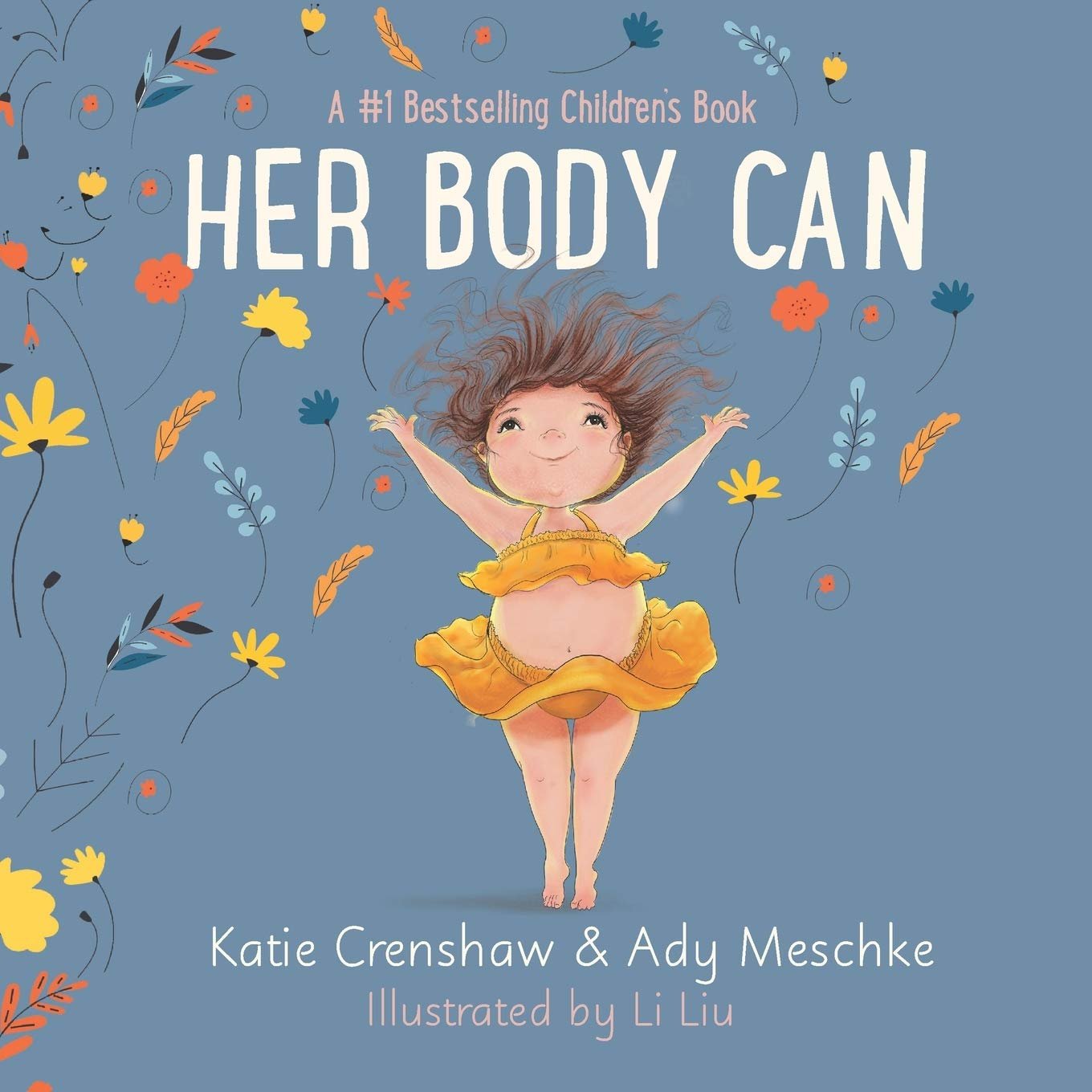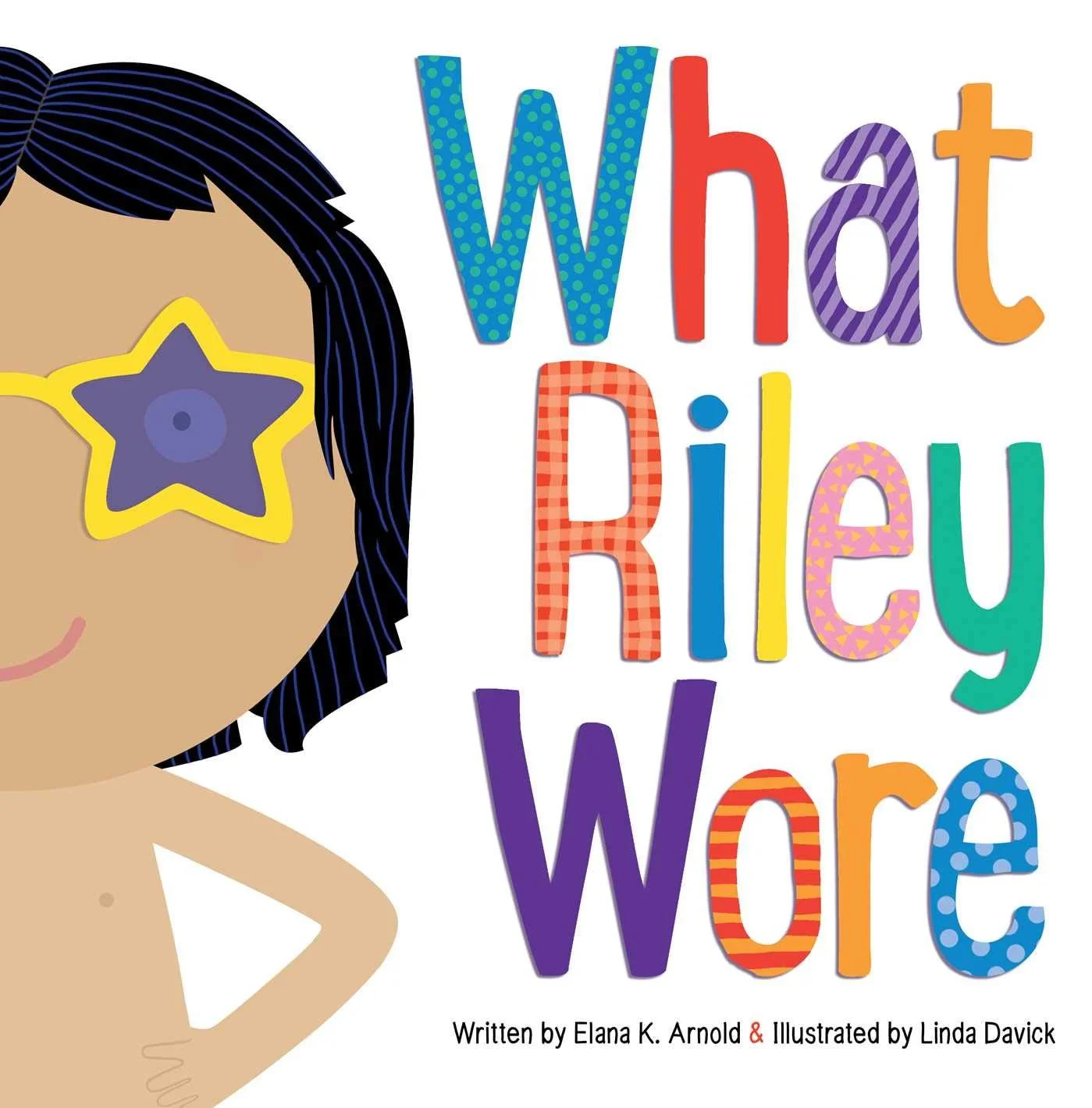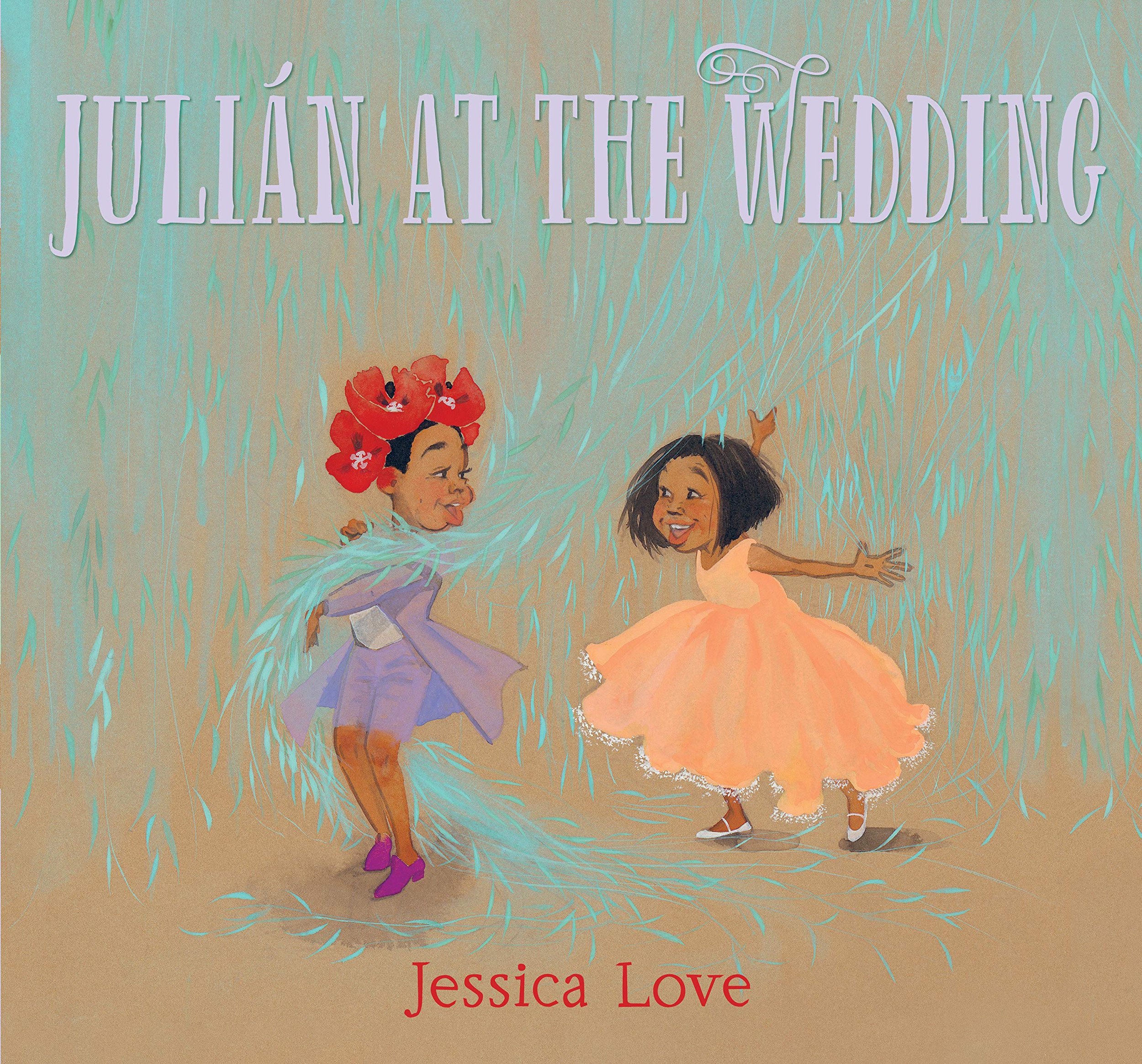Three Books On Loving Your Body
I am blessed with two sons who are pretty different. One is very fashion conscious – attending his first ever night away from home, he told me, mom, I want to be fashionable. My other son mostly wears his clothes on backwards. Just as my sons offer many takes on what it means to be fashionable, so too do the books below. The books offered below are in celebration of fatness, genderqueerness, and love.
As the summer months wane and autumn embraces us, so too I hope can we leave behind the ever-present focus on the beach body. As my eldest told me knowledgeably tonight, I love how fat your tummy is, it’s more comfortable for my feet when they are resting. I love this sentence construction – leaving aside mother-as-furniture for this particular feminist parent. Why indeed is fat not a descriptor – and yet, capitalist diet culture and a variety of other systemic ills mean that fat remains a freighted word like no other. Here are 3 books that refuse this weighted history and embrace all bodies exactly as they are.
Her Body Can
Ok, this is the one book I know of that is a kind of fat feminist theory for kids. Especially as eating disorders are in epidemic ascent during COVID, it seems important to include. Do I love it? No. It’s kind of earnest and a little bit obvious. Her body can dance, climb, rest. As my youngest son said in his rare cadence of contemptuous 5 year old, “what is this book even about. Everyone knows all bodies can do stuff.” Withering remarks aside, I think this book is important. We need representations of fat children out there for all of the reasons, especially in this cultural moment. And I do think this book does accomplishes this feat in a straightforward way. My eldest son said to me, oooh. This book is saying it’s ok to be a little bit fat. Right you are, kiddo. Got it in one. Sometimes the best message is, well, the simplest.
What Riley Wore
What feminist parent hasn’t bemoaned the unbelievable gender policing that starts in utero. I vividly remember taking my son to the store to buy a new paw patrol dog, and even though he loved helicopters, at 2 years old, he refused to buy the helicopter-flying dog because it was pink. (I think he honestly thought that it wasn’t for him, and that if it was pink it would not be fun). Welcome to the patriarchy, children. As a necessary antidote, What Riley Wore really revels in the pleasures of clothing and costumes. Riley wears a series of outfits: a fancy ball gown, a tutu with a firefighter coat, a series of hats and crowns. Riley’s gender is neither policed nor declared. Before a trip to the park, Riley spends part of Sunday wearing nothing at all, but then gets dressed up in Riley’s Sunday best. I have to say, this book does remind me of my fashion conscious 5 year old, who put together a particularly splendid outfit one morning of a firefighter raincoat over pajama pants with gardening gloves. When I inquired about his stylistic choice with true curiosity, I was told “because I want to look cool.” Obvs. Similarly, Riley gets decked out in a tutu and monster shirt and red rubber boots to go the park. When Riley arrives, Riley encounters another child who asks that dreaded question: “are you a boy or a girl?” Riley counters with “I’m a dancer and a pilot and a dinosaur.“ And then the kid says cool, and asks Riley to play, upon which “Riley felt wonderful.” Not since I read about the woman who, when asked if she was pregnant, winked and said, “no, but the night is young” have I heard a better retort.
Julian At the Wedding
Oh, weddings, those staples of love, class aspiration, and so many other complicated cultural meanings. Now that I’m married myself to the love of my life and can no longer claim the moral highground on this particular issue (sorry to you Lisa Duggan and your condemnation of homonormativity), I confess I love queer books about marriage. Julian at the Wedding is like no other book. It features two parents of colour getting married, both of them queering it up, with supportive grandmothers in tow to mind the children. These two lovebirds appear to be blending families, and I confess my eyes did well up to see a queer couple marrying and blending a family at the same time. I have never seen another representation of a family like mine, and I found this idea of marriage “as a party for love” in which stepchildren are central both moving and inspiring. Julian, taking a break from being a mermaid, has new fashion plans in mind. Julian and Marisol go off to play together, and Marisold goes wild in her party dress with a dog who is also attending the wedding, getting covered in mud. Julian gallantly offers to trade some clothes, and remakes the formal white wedding shirt they are wearing into a fairy costume. Discovered by their loving and indulgent grandmothers full of mud, Marisol and Julian do not get in trouble, but instead celebrated for their fairy wing creativity. And then they all dance until dawn. What a celebration of life and children’s interest in costuming. What a celebration of childhood. And what a celebration of what queer love can do – this book to me is all about body acceptance while also being a sophisticated form of queer of colour theory. Genius.
I hope these books uplift your and your families as they uplift me. My youngest son recently said to me: "it must be good to be too fat to get into a baby carrier, that way nobody will mistake you for a baby." How could one disagree?
As always, I remain happy to speak to anyone about picture books on death, divorce, queerness, anti-racism. You can join this listserv at www.picturebookstogrow.com
(With thanks to my amazing collaborator Olivia Adams for her suggestion for this issue of feminist picturebooks).
Until soon,
Shoshana Magnet
Professor
Institute of Feminist and Gender Studies
University of Ottawa


